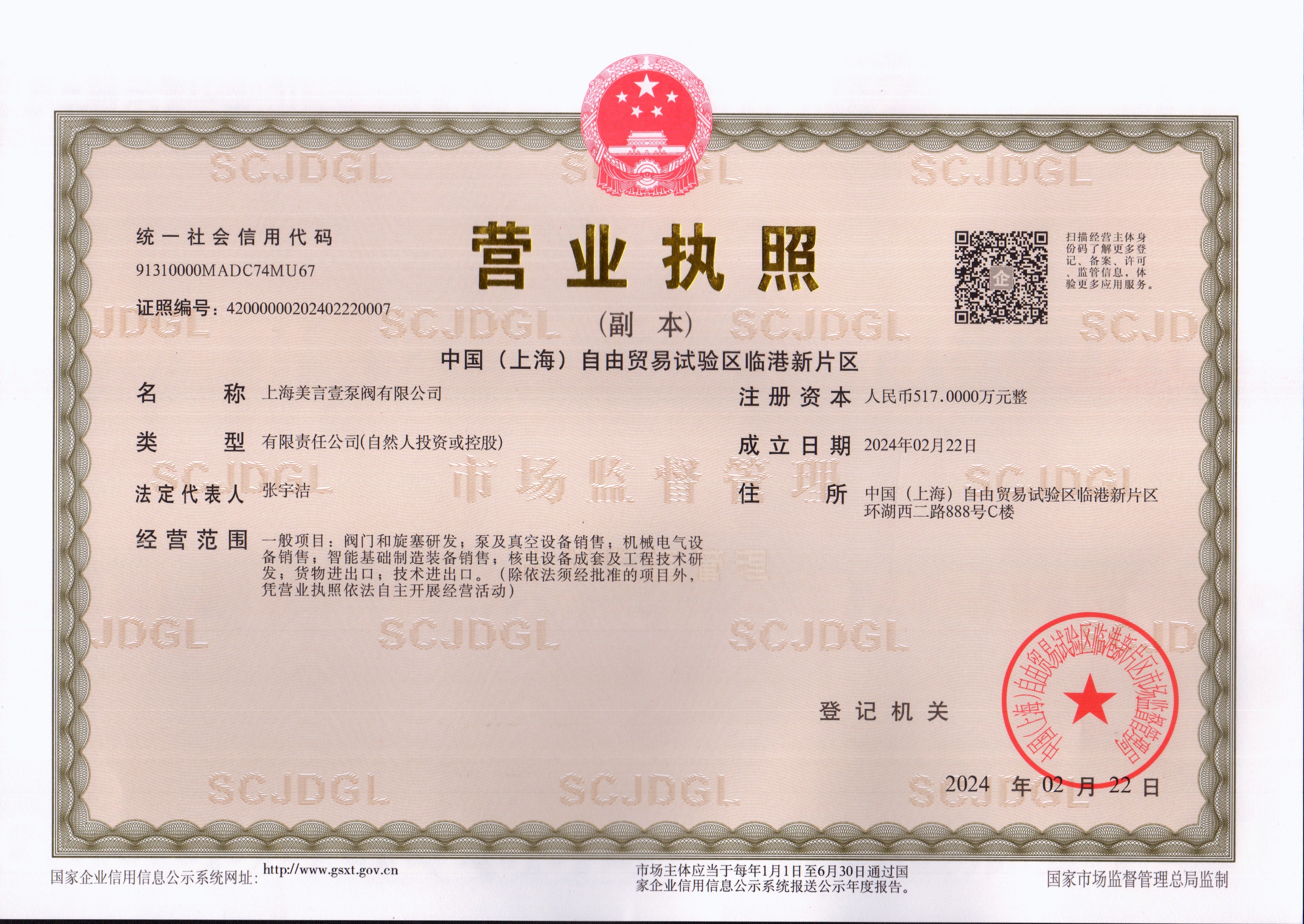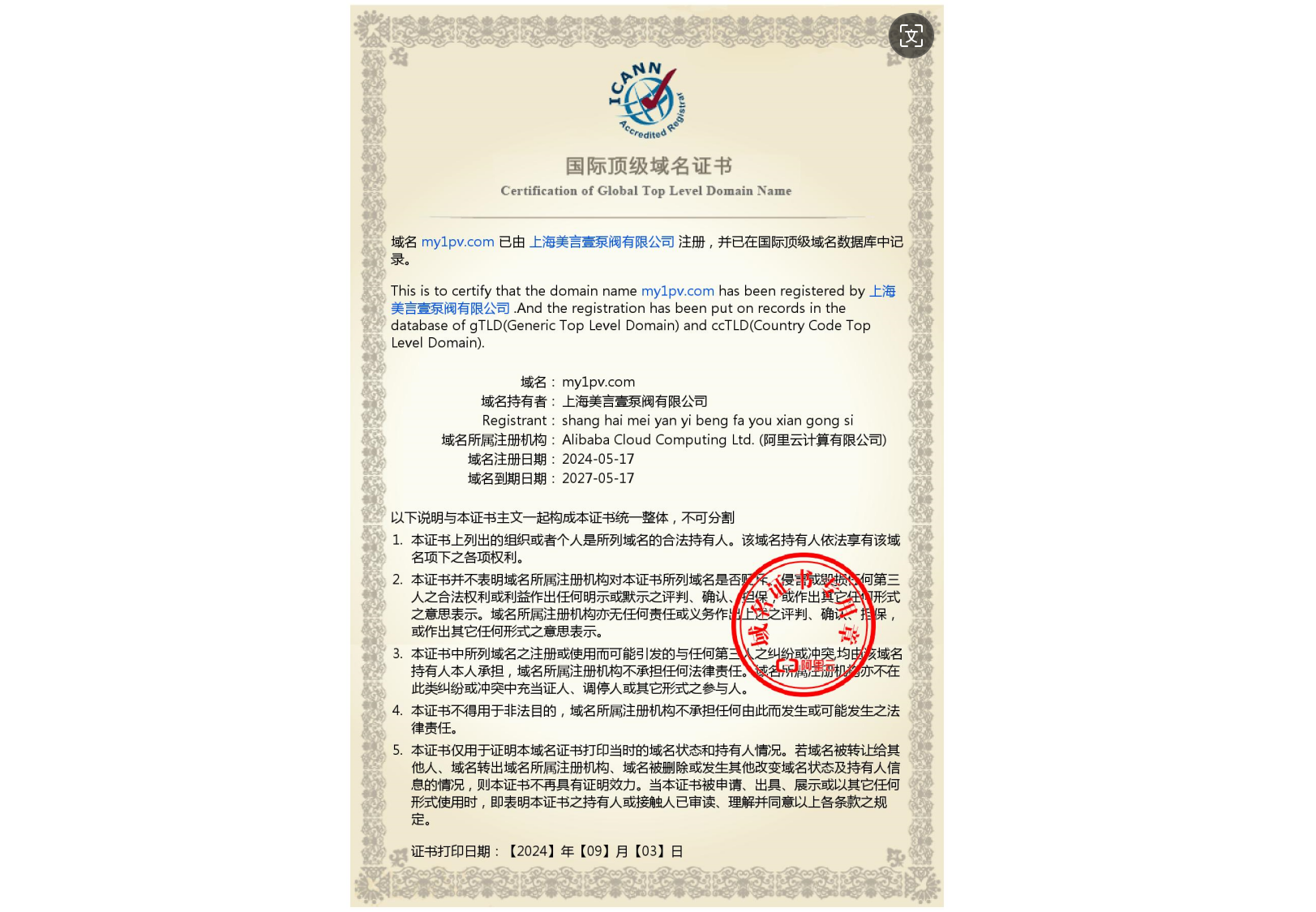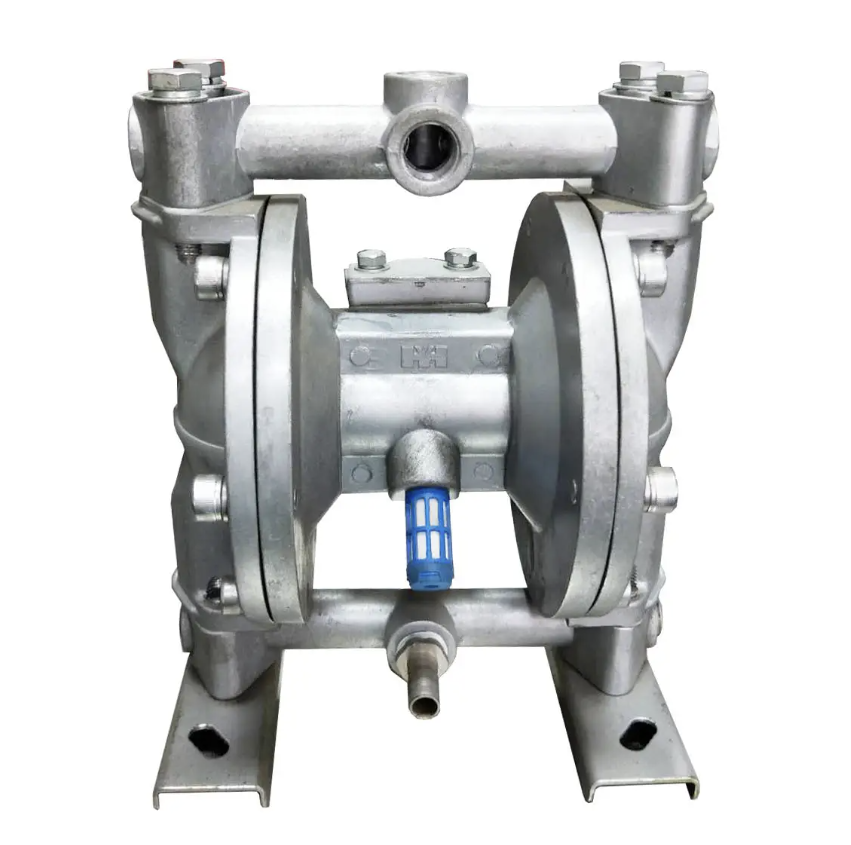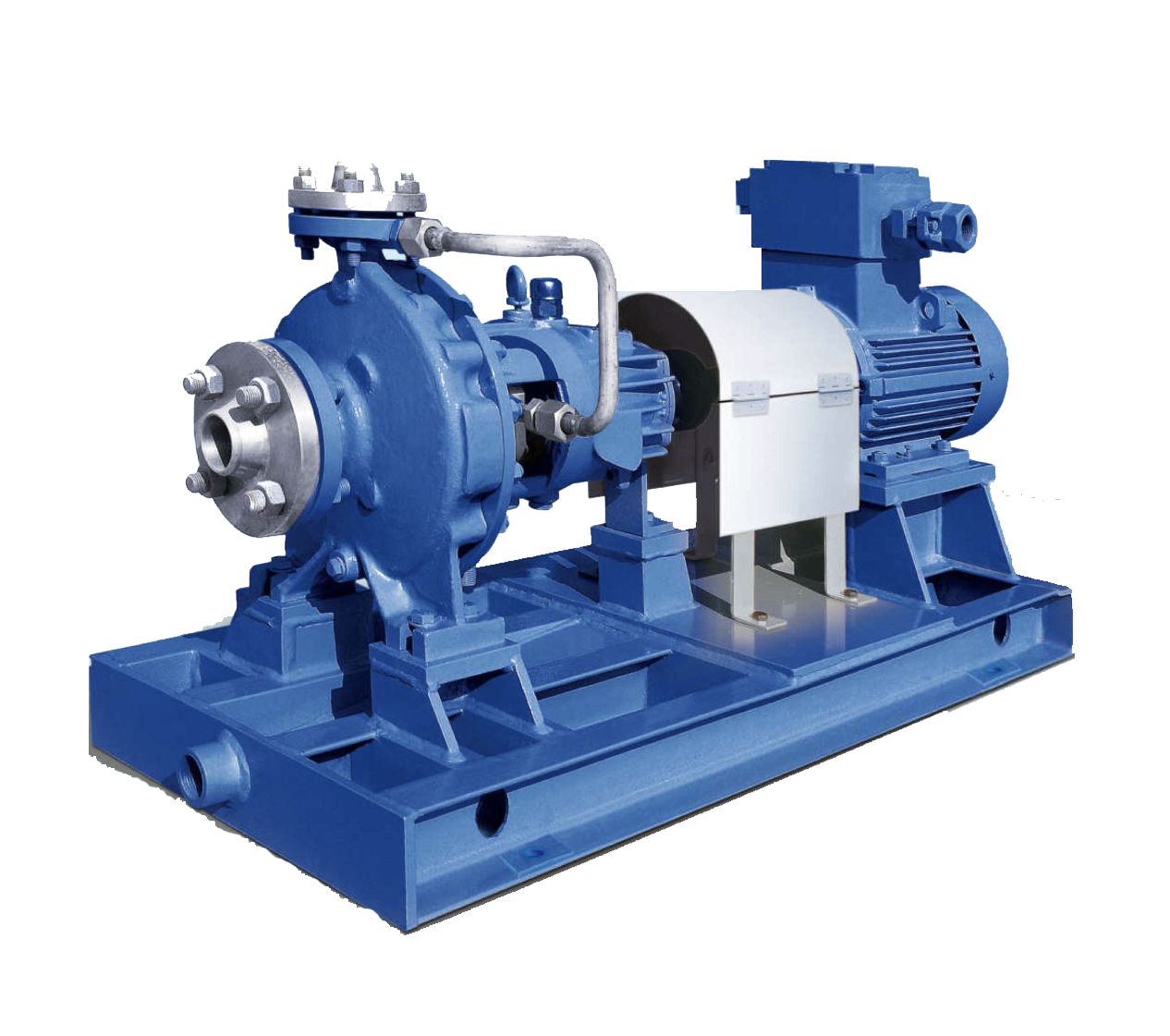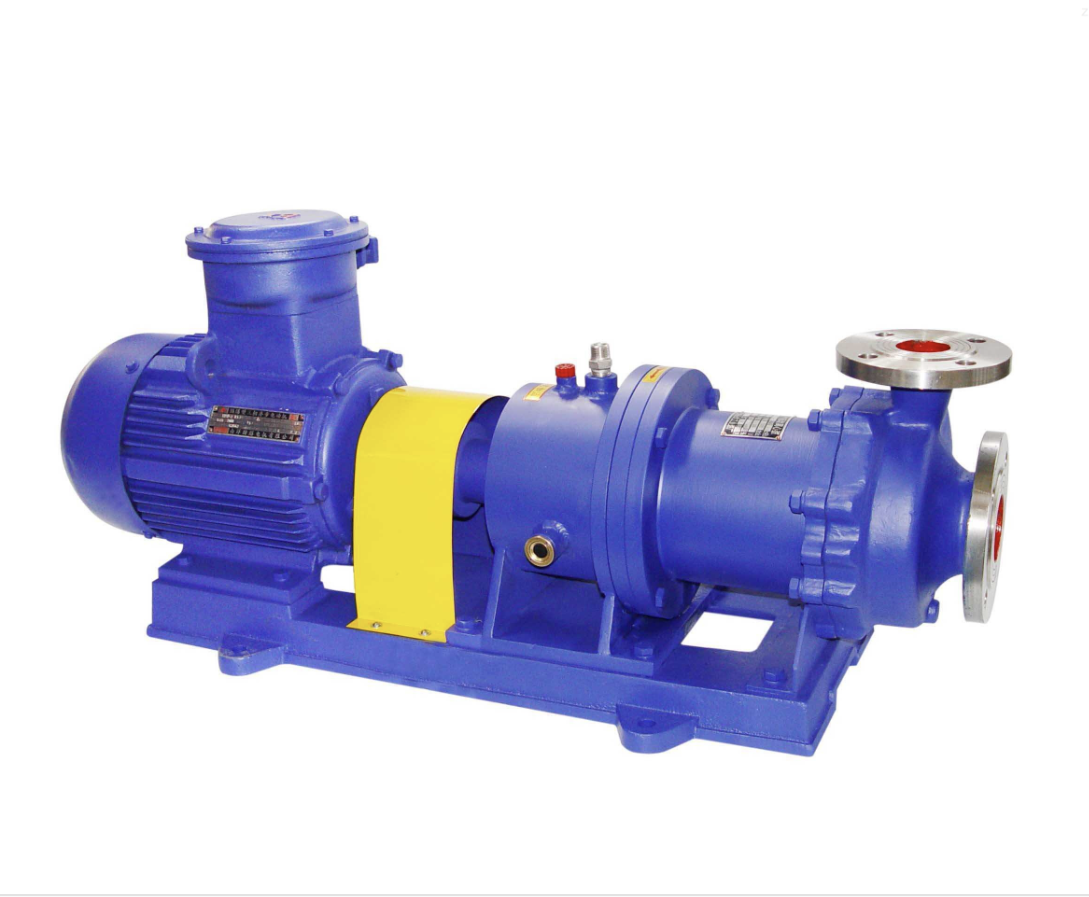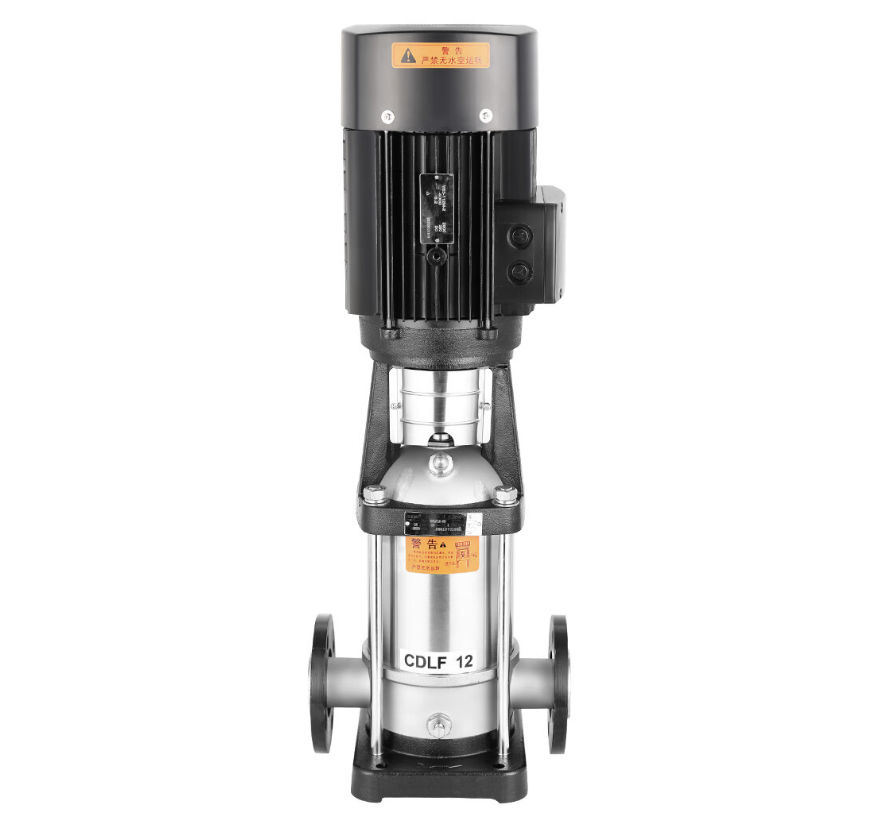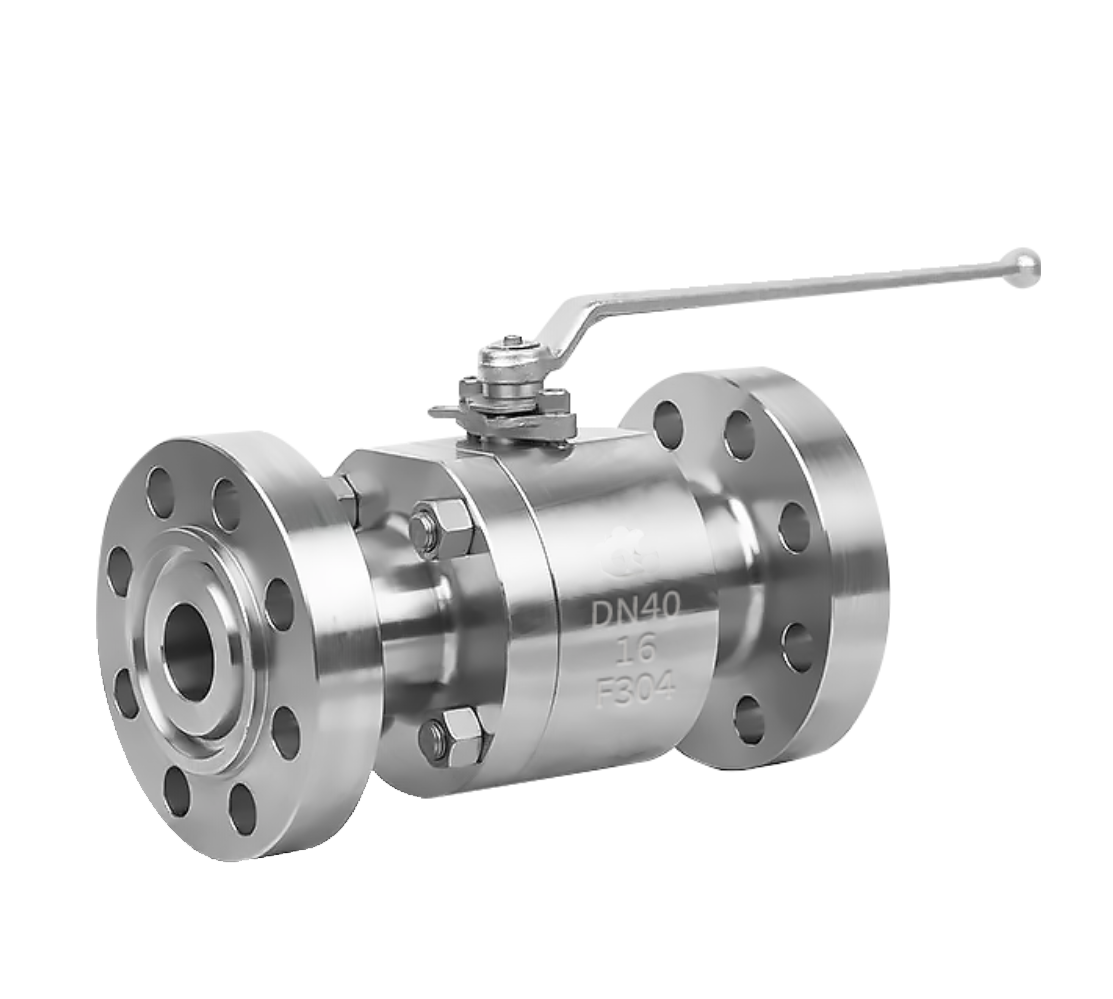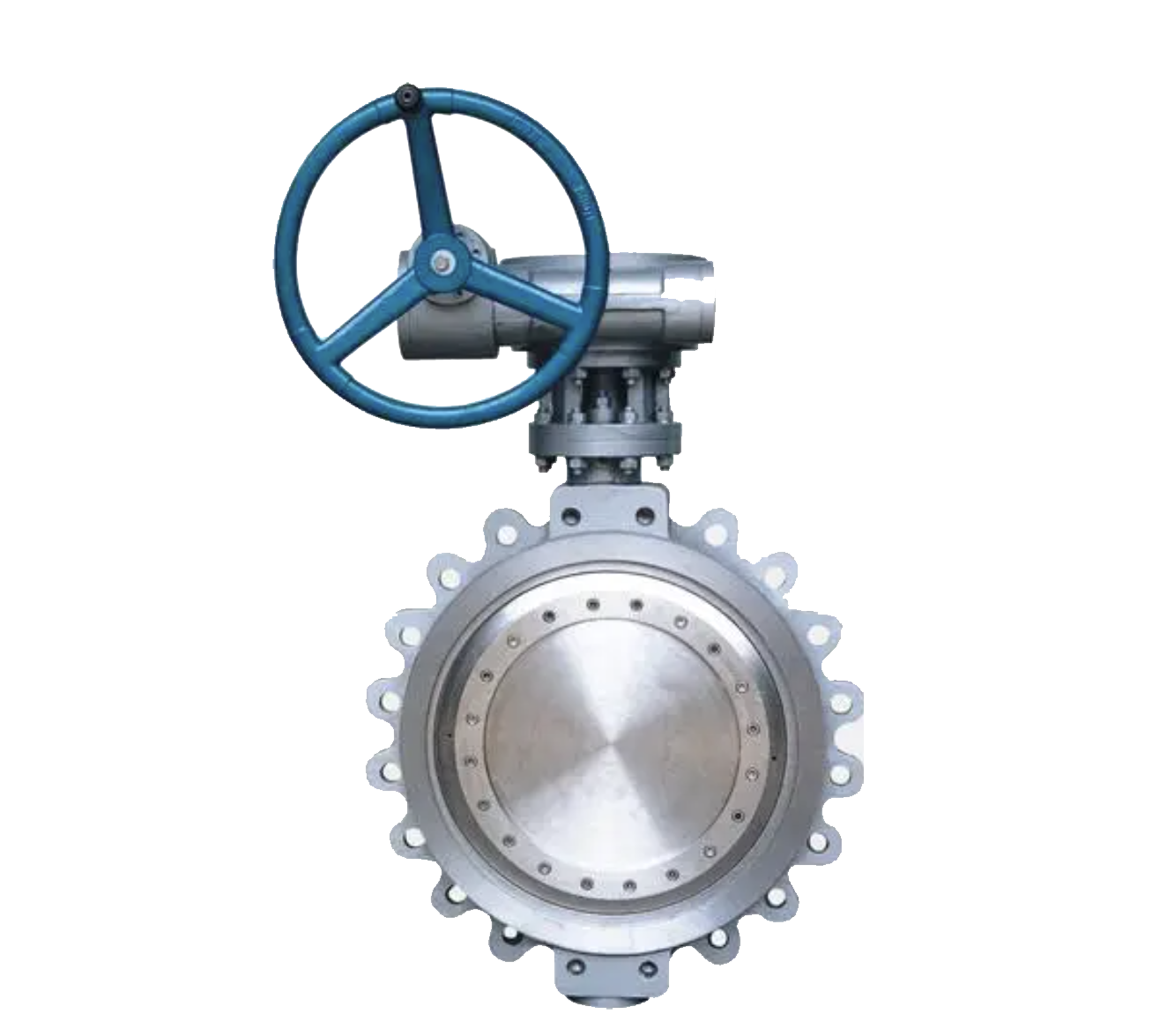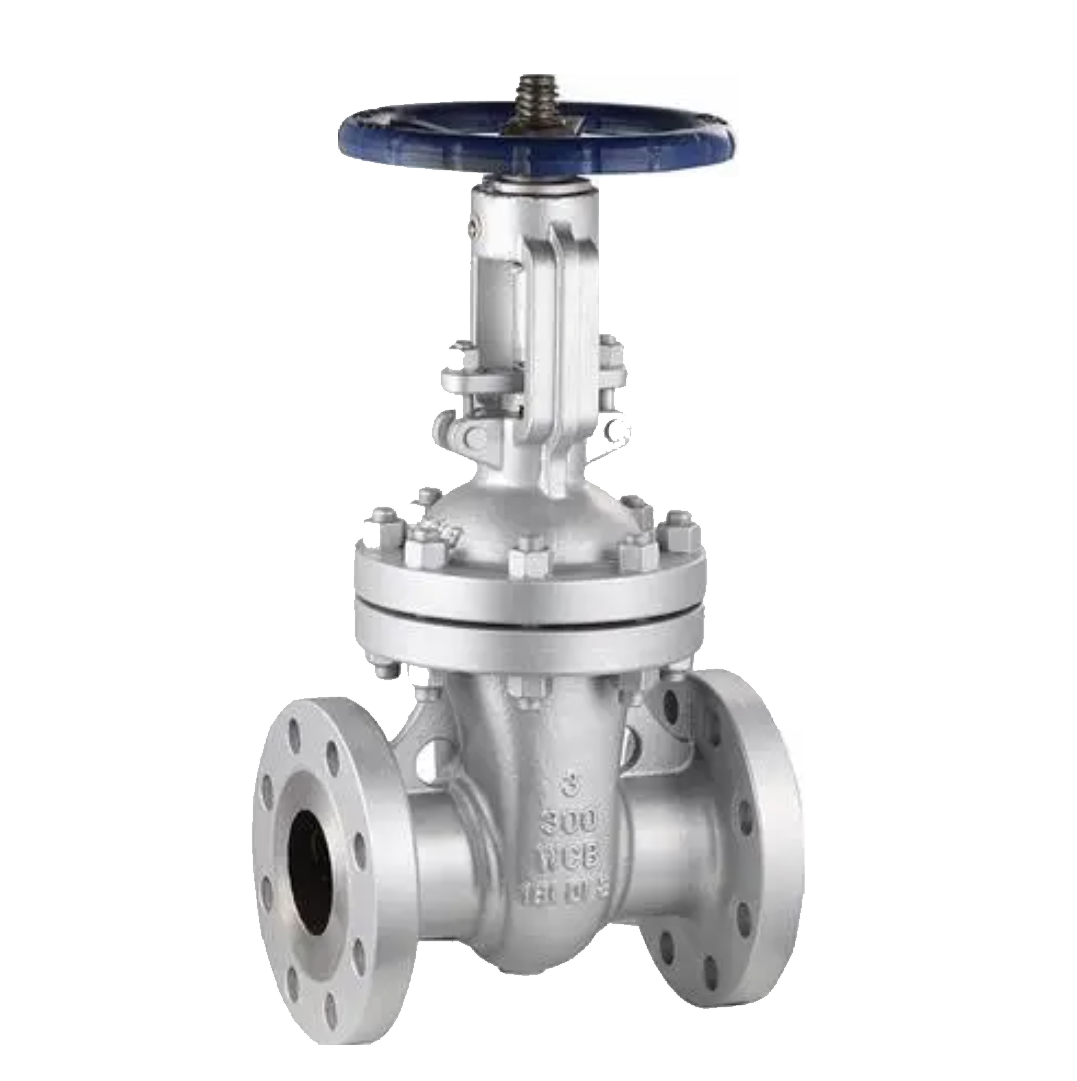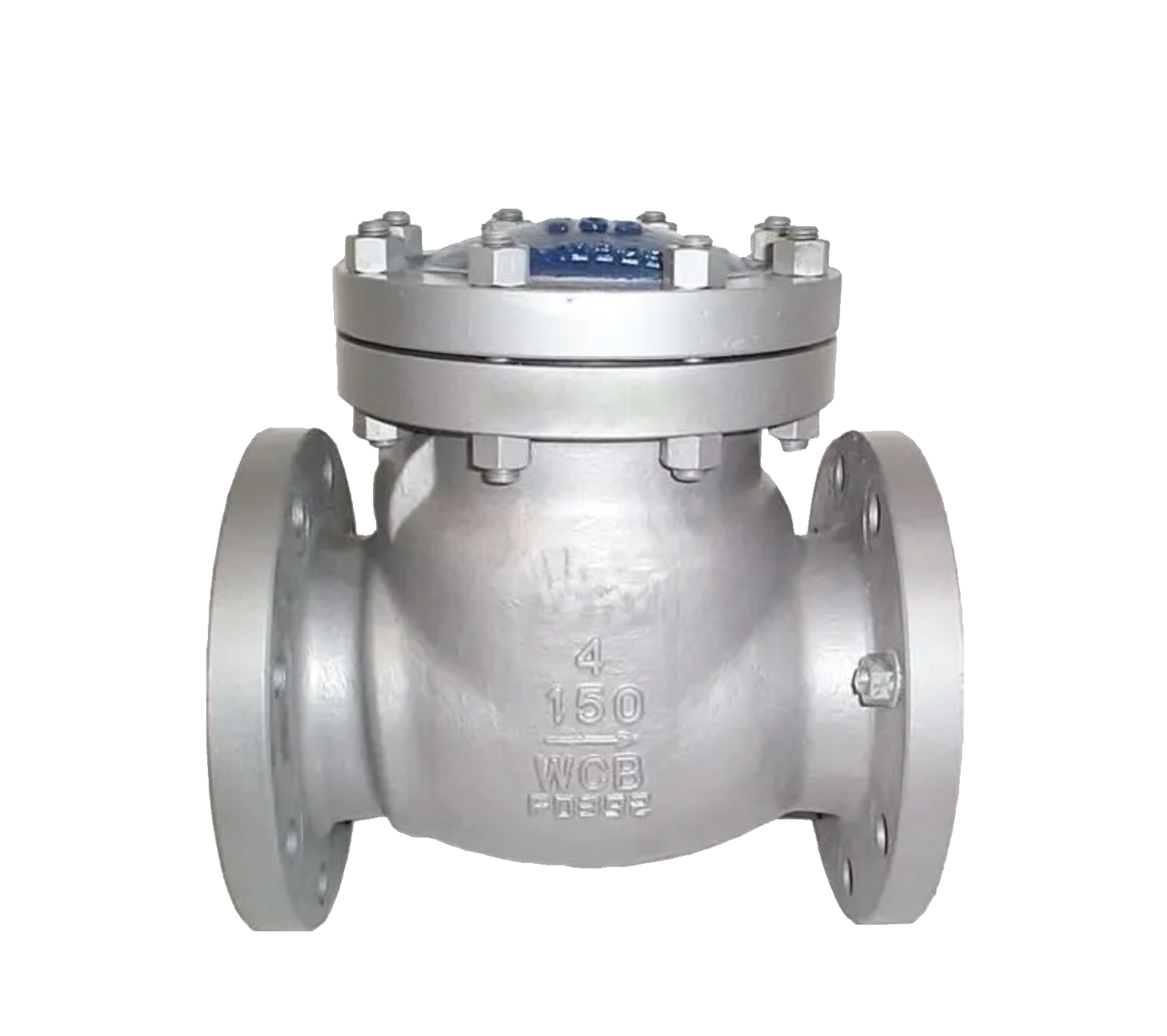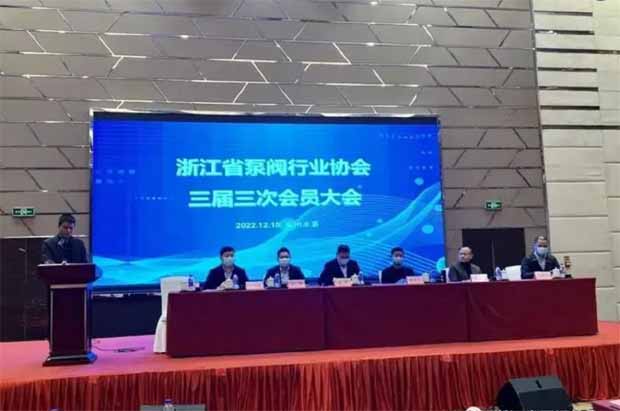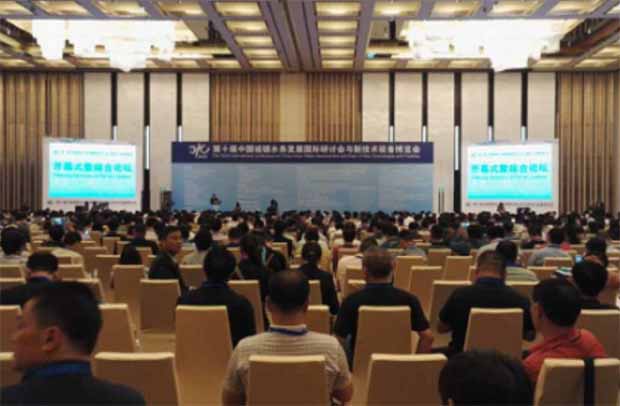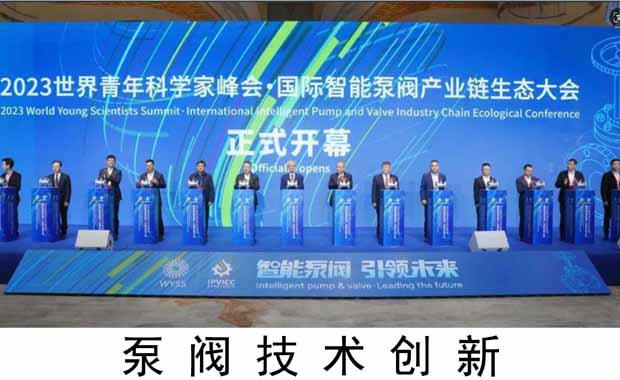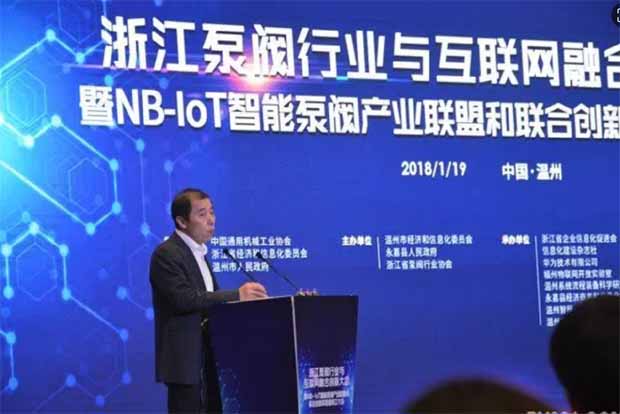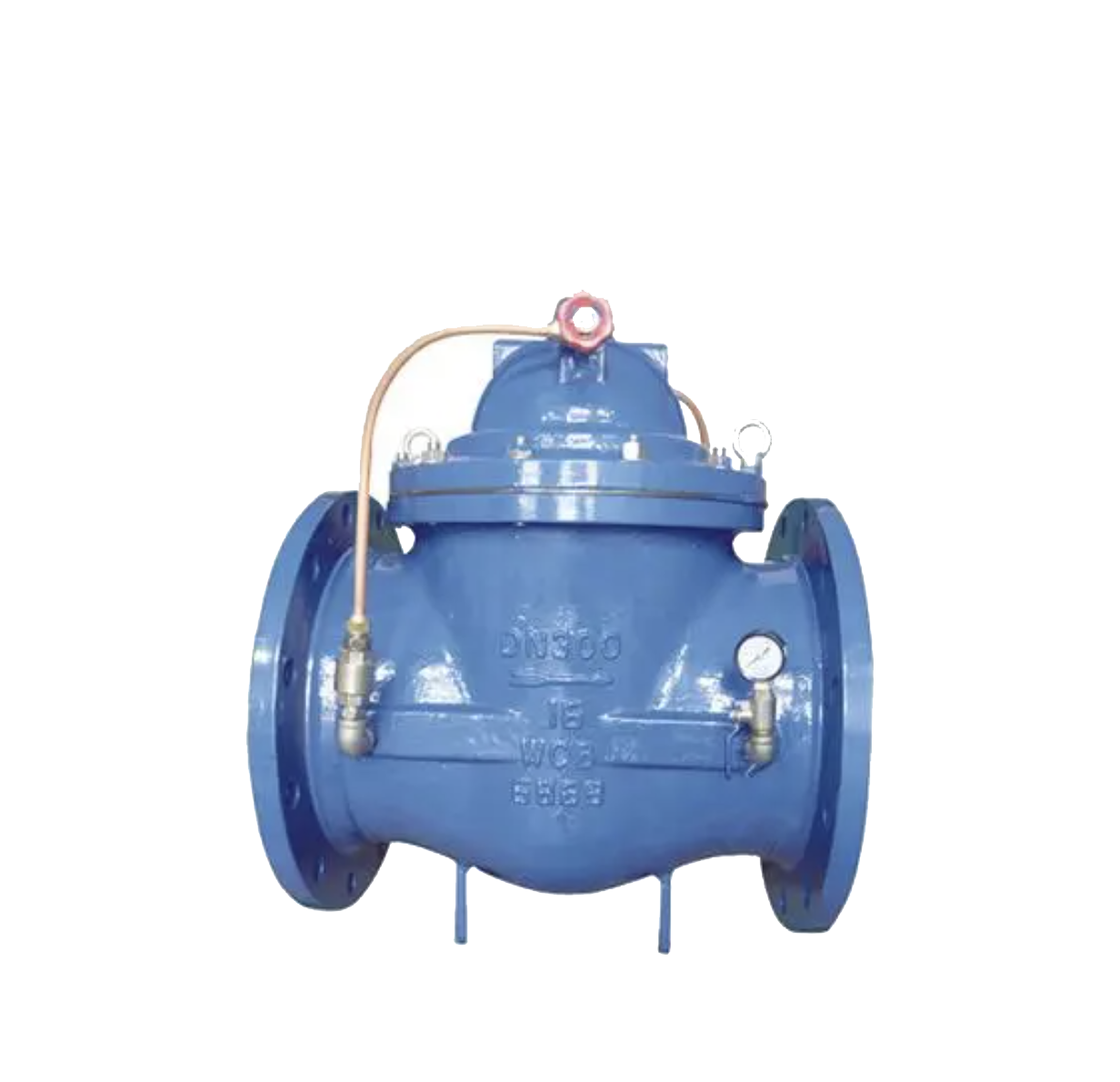Your location:

Product classification of Meiyan One Pump Valve
- ShangHai Meiyan Yi Pump & Valve Co.,LTD.
- Sales hotline:
+86 21 5640 2009 - Pump customer service:
+86 138 1691 3072 - Valve customer service:
+86 1381 6913 072 - E-mail:
my1pv@1bengfa.com
Piston type hydraulic control valve
The working principle of piston type hydraulic control valve is a device that controls pipeline flow or pressure by changing the cross-sectional area of medium circulation. Its main components include valve body, valve core, driving device, and control system. The piston type hydraulic control valve is mainly composed of a main valve, needle valve, ball valve, float valve, micro filter, etc. The structural form is a hydraulic control cut-off form, which adopts a piston type connected valve disc opening and closing form. During the working process, when the control system sends a signal, the driving device adjusts the valve core to the corresponding position. When the valve core is opened, the medium can smoothly flow through the valve body, achieving flow or pressure regulation. When the valve core is closed, the flow cross-sectional area of the valve body decreases, thereby limiting the flow rate of the medium or increasing the flow resistance, achieving the goal of reducing flow rate or increasing pressure. According to different control methods, hydraulic control valves can be divided into two types: manual control valves and automatic/electric control valves. Manual control valves adjust the position of the valve core through manual operation to achieve flow or pressure regulation. Automatic/electric control valves adjust the position of the valve core through electric drive, solenoid valves, and other devices. They are usually combined with automatic control systems and can autonomously adjust the position of the valve core according to preset parameters, achieving automatic control. The piston type hydraulic control valve produced by Shanghai Meiyanyi Pump Valve is mainly suitable for large-diameter valves with a diameter of DN400 or above and pipeline equipment with a pressure of PN25 or above.

